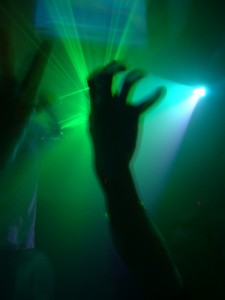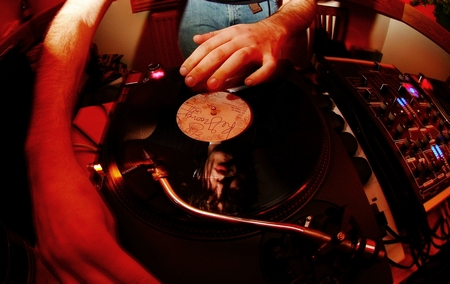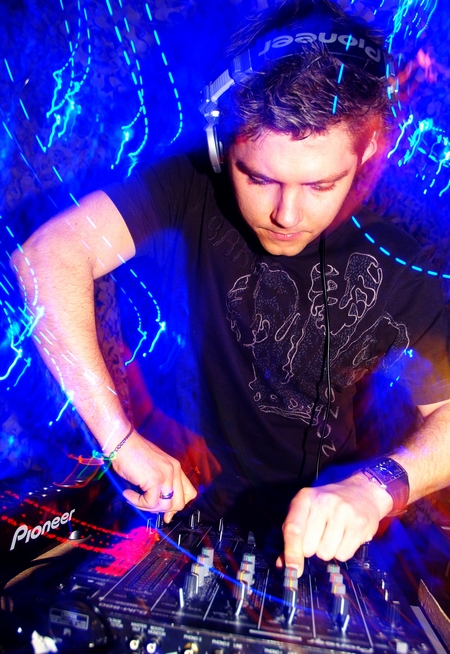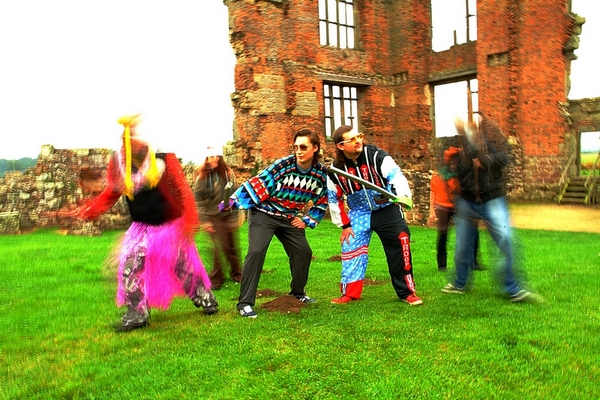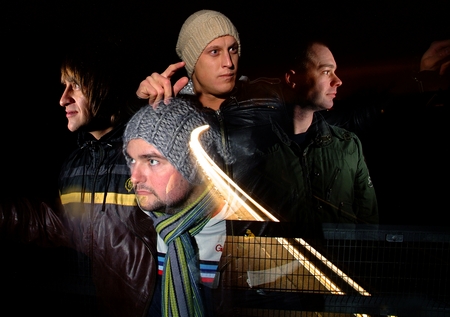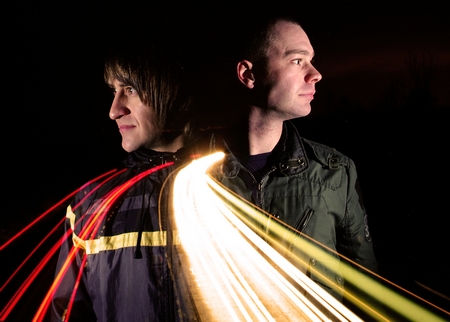If you want to skip to all the photography tips and advice just scroll through to the italic bold sections.
Hi! and welcome to my blog… Honestly I’m really not sure what direction this blog is going to end up taking but I’d like to use it to begin with, to explain a bit about me and why I’ve started up “Mike Hubbard Photography”. I hope this will give you an idea of the inspiration my photography is drawing from and how my life experience has really brought about this new venture…. People talk about a photographers style and i can see it myself when i see some photographers work and most really do have a distinctive style. At the moment I personally feel I’m still finding my way and discovering my own style through trying lots of new things, it’s also exciting to be trying lots of new avenues, having a thirst for knowledge and new skills… I’d like to think as my experience grows i will be able to share some useful technical insights, lessons learned and also share the details of some of my more interesting photography experiences through this blog… I’ve already had a few overseas experiences more prominent being Iraq and Afghanistan… but first, what really started photography for me…
The clubs, more definitively promoting and running “Invasion” an event me and Dene ran from the Buttermarket and we even managed to pull of a few whopping Invasion events at Eden in Ibiza… but that’s how my love afair with photography started well that and the clubbing photography beast that is www.dontstayin.com i’ll cover that in a bit .
Question? How can you sell something to some one if they don’t know what it looks like? well you can but it’s hard! If you’ve got a picture it’s 10 times easier to sell as the customer can see what it is they’re buying! So i started trying my best to get as many great photo’s as i could to stick all over the internet and show people what a great night it was!
Back then i had a fuji compact, point and shoot but i started to play around with the night setting and slow flash. It’s worth trying if your using a compact camera as you can get some really nice affects considering you using a compact. These photos are from about 2003 so a long time ago and camera’s have come on leaps and bounds since but the principles are still the same.
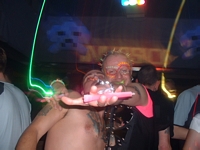 If your in a club and your compact camera has a slow sync flash setting, turn it on and point it at your freinds, take the photo as normal, the flash will go off you’ll look at the photo and it’s all blury! which is pants! because you’ve held the camera in one place pointing it at your friends. What you need to do is as soon as the flash goes off sweep your camera away from your friends towards the ceiling, the floor, any where but get your friends out of the cameras field of view. For a split second after the flash goes of the camera is actually still recording the photo so if you still have it pointing at your friends it picks up all the motion and lights from your hands shaking but if you sweep it away you’ll just get some light trails like this photo.
If your in a club and your compact camera has a slow sync flash setting, turn it on and point it at your freinds, take the photo as normal, the flash will go off you’ll look at the photo and it’s all blury! which is pants! because you’ve held the camera in one place pointing it at your friends. What you need to do is as soon as the flash goes off sweep your camera away from your friends towards the ceiling, the floor, any where but get your friends out of the cameras field of view. For a split second after the flash goes of the camera is actually still recording the photo so if you still have it pointing at your friends it picks up all the motion and lights from your hands shaking but if you sweep it away you’ll just get some light trails like this photo.
So that’s how it started and the catalyst was www.dontstayin.com, back in early 2000 DSI was a new site, a young clubbing community with a niche about explode. They encouraged members to register as spotters, which involved receiving dontstayin.com cards through the post to give out to everyone they took a photo of, they then used your card to find the site, register and find there photo. The Army of spotters then got ranked on the amount of people spotted and as usual an online community is naturally keen on rank and status so battle commenced, spotters appeared everywhere and DSI grew and grew!
The best part was all the people viewing your photos and then receiving feedback on your good ones, it’s always nice to hear when people think a photo is good and if you were lucky JohnB and the DSI team would find one of your photos and like it so much it would go into one of the websites much desired front page spots and considering the site is now viewed by 100’s of thousands of people that’s a nice touch! With all these photographers knocking about in one space there was inevitably a strong contingent of Professionals or just very keen amateurs, a new member status was born the DSI “Pro Spotter” As my passion for getting great photo’s grew my photography improved and i began to make new friends who were also out spotting for DSI, we’d start sharing tips and tricks and a my skills grew my photo’s improved and eventually! I was taken into the ranks of the DSI Pro Spotters!
Once i’d got my new SLR camer a Fuji S3 pro, a Nikon 17-80mm lense and was in the ranks of the DSI Pro spotters i really started to move on in leaps and bounds! Getting out and about with my camera to events when ever i could, i made friends with Pat-Menatwork through seeing him spotting at events and he was always happy to share tips and advice with me and all the little pointers really helped me along! One particular piece of advice when i first got my SLR i always remembered as it was before I totally understood the Shutter Apature relationship and as i’ve learnt more over the years the reasoning behind this came clear.
From the oracle of Pat a tip to get you started full SLR in a club “Get you apature as low as you can, iso 4 – 600, try a 1/4 to 1/2 second exposure, then when you trigger the shutter and flash, as soon as it goes off turn your camera in a circle or move it of smoothly in a different direction.” After a few trys at this it opened up a whole new depth of affects and hocus pocus for me. This basic start point is the same as the tip from before with your compact and the slow sync setting. The challenge with club photography is it’s dark! and if you just rely on your flash you’ll white everyones faces out get lots of the wall, floor and any other flat surface you soaked with flash, you’ll get none of the atmosphere but if you want to take in all the flashing lights and colours and really capture the atmosphere. To do that you need to take more light into the camera but not by adding more flash! These 2 examples i’ve been talking about are working on the same principle of slowing the shutter down so the camera is taking in more ambient light or flashing lights dependant where you are. By slowering the shutter speed you can’t avoid movement blur without a tripod and you can’t carry one of those round a club! So use the blur to your advantage… The flash goes off and burns the image of whatever the flash hits into your camera, then for the split second after your camera is still recording the image/light, becasue the flash goes of in a milli second no movement is picked up, it just freezes the action but if you don’t sweep you camera away from the subject every bit of vibration in your hand will now blur the image but if you sweep it in the direction of some lights then it will just pick up some sweeping trails leaving the initial flashed images nice and clean with the trails painted over it in the split seconds following.
As the photography progressed my interest grew and in the Summer over 2008 a me and Pat wanted to have some fun and try some organised shoots out so we had people to take photo’s of after all to practice you need people to take photos of! So we needed willing volunteers to act as models for us on some random countryside shoots, although we were happy to shoot any where but being in Shropshire, the countryside was calling! Thankfully in sleepy Shrewsbury we weren’t short of those willing to get a bit crazy for the camera. On these weekend shoots we spent time experimenting and practicing techniques, we’d ask the movels to bring along any random props, outfits and objects as they could so we could let our imaginations run riot and get creaitve… These shoots were alot of fun for us and the models again Pat was always providing great pointers and guidance. This is a video made by VJ Nutcracker who joined us on a shoot with his video camera…
DSI Photoshoot – 10 May 08 from VJ NUTCRACKER on Vimeo.
This shot of Edwin and Tarquwin Toss fending off a hord of ghosts I was particularly pleased with during the one shoot as i’ve always liked slow shutter affects at night with lights but never tried it in the daylight. As you can see from this image it needed alot of correcting in photoshop after because of the long exposure in the daylight the image is completely blown out with light. As it was so long ago i can’t remeber the exact set up but looking at the image data The apature was pushed all the way up to f.22 with a 0.3 of a second shutter time in daylight that’s alot. From what i know now, i could use a Neutral Density filter over the lense and that would allow me a longer exposure time as it limits the ammount of light getting in dependent on it’s size, only by small ammounts but it’s may be enough to bring the exposure down to something better so the image is less blown out and white. Maybe something i’ll try this summer!
We also did a couple of Night shoots aroung the same time and we took the opportunity to take some profile shots for our newly formed hard dance production guise P.A.S, with the use of 30 second exposures, a couple of flash guns and a bridge over the motorway we got some really great shots!
To achieve these shots, we used a tripod and a 30 second exposure using Fuji S3 pro SLR. We set up on a bridge that crosses the M54, making sure there were no street lights as they would cover everything in an orange glow during this type of shot. As we were shooting in pitch black we got the tripod set up and then judged the distance between the camera and were we will stand so you can set the focus, auto focus won’t work as its pitch black. Once that’s set manually take a quick shot with flash and check it’s in focus. Once it’s in focus remember to stand back in same spot when you take the photo. Set the shutter to 30seconds, that’s the longest you can go on SLR’s before it changes to blub mode and then you need a remote shutter release to hold down for the exposure time. Set it to 30 seconds, ample time. Get you flash gun in your hand as you’re going to manually trigger the flash during this photo. Get the subject to strike a pose on the pre focused spot in front of the camera, I set the shutter onto timer as then you don’t even get any slight movement on the camera when you push the shutter release. Push the shutter release, wait for the timer to do its thing once you hear the shutter click open you’ve got 30 seconds to paint with what ever light you have i.e. your flash but you can even use torches, lighters etc. The lights from the cars on the motorway are being taken in by the camera already. Now it’s time to flash your subject, what ever you flash will be recorded. If you look at the top photo all four of us were flashed individually but after flashing each person they would move out of shot and the next one would move in estimating where about there head will be in the picture, obviously this took a lot of try’s to get everyone in the right place but it’s fun and worth it. Moving around isn’t a problem, if your subjects are moving about in front of the camera this won’t come out on the image as there’s no light on them but as soon as light hits them where ever they are that image will be recorded.
Next… How the Army transformed my photography to where i am now…..

